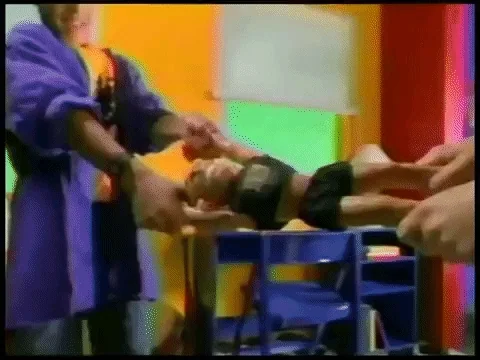Today I want to lay down a simple technique you can use to help make decisions. We all face indecision at some point in our lives, and despite the difficulty of making a choice, there are many useful models we can turn to in order to help order the chaos we find ourselves in when having to pick between multiple paths.
The model I will present today is known as the Rubber Band Model.

The Rubber Band Model Explained
This model is useful when you feel like you are being pulled in two different directions — the one direction represents your current position, and the other represents the change you are considering making. You feel pulled to stay within the comfort of where you are (holding back factor) and pulled towards embracing some new, growth-filled change (pulling factor). So how do you handle this strategically?
How To Use This Model
Step One – Define the problem
Clearly define the decision you are making. Articulate what it means to stay where you are as well as what it would mean to move towards the new change.
Step Two – Assess the pulling factor
Ask yourself powerful questions relating to the change (the pulling factor):
- How would my life improve if I made this change?
- Is making this change in alignment with my vision?
- What are the potential risks and downsides of making this change?
- Is the opportunity of this change greater than the loss of losing what I currently have?
Step Three – Assess the holding back factor
Ask yourself powerful questions relating to staying where you currently are and not making the decision/change (the holding back factor):
- If I don’t make this change, will of my life decrease in any way?
- What am I gaining by holding back?
- Is holding back in alignment with my vision?
- If I hold back, are there any good reasons, or is it because I am simply fearful of change and growth?
- Will I regret having not made this change in the long-term?
Step Four – Decide on your direction
Once you have evaluated each option, make the decision on which direction is most valuable to you. Contemplate each factor deeply until you have a clear understanding on which is more appropriate to follow relative to the highest vision you have for yourself. Ask yourself this question:
- Based on my decision, am I moving towards my vision or not?

Ultimately, every decision we make, whether micro or macro, should be assessed relative to our vision for reality. If carefully chosen, our decisions are the stepping stones we use to slowly and patiently craft our life in accordance with our personal design and vision for the most profound life possible. Learning to become decisive is a valuable skill, so take your time when it comes to the most meaningful decisions you have to make. Next time you come across a decision that leaves you confused, embrace this strategic model and see if it helps create some order and clarity for you!
#15




